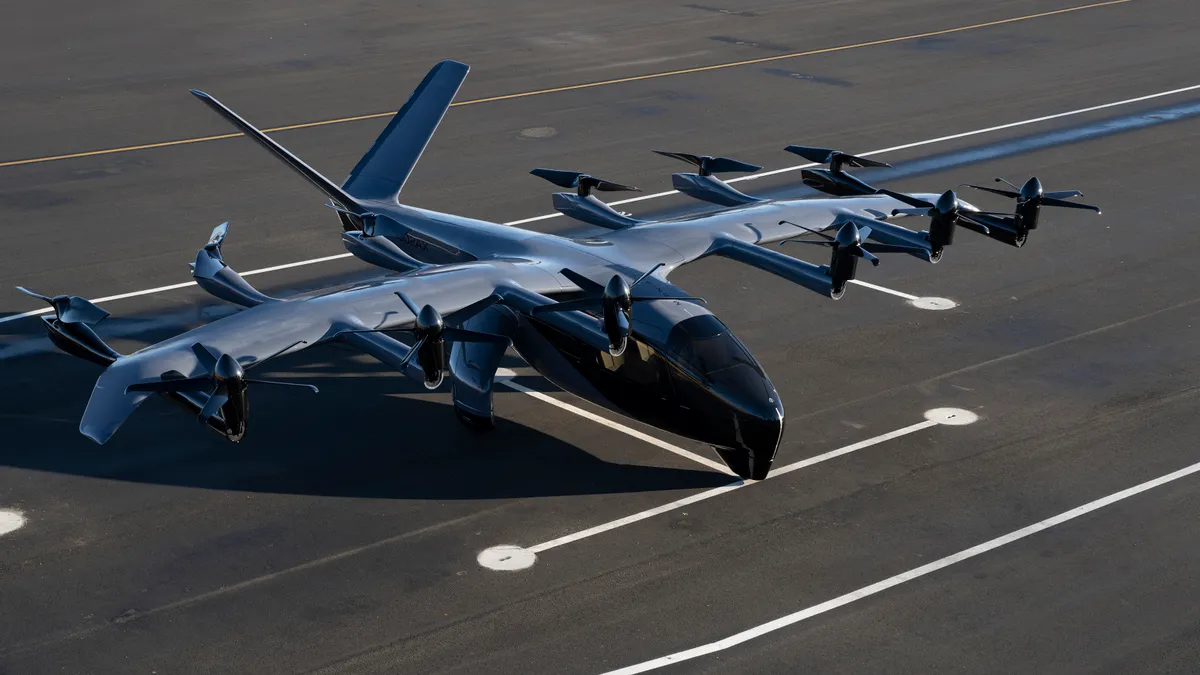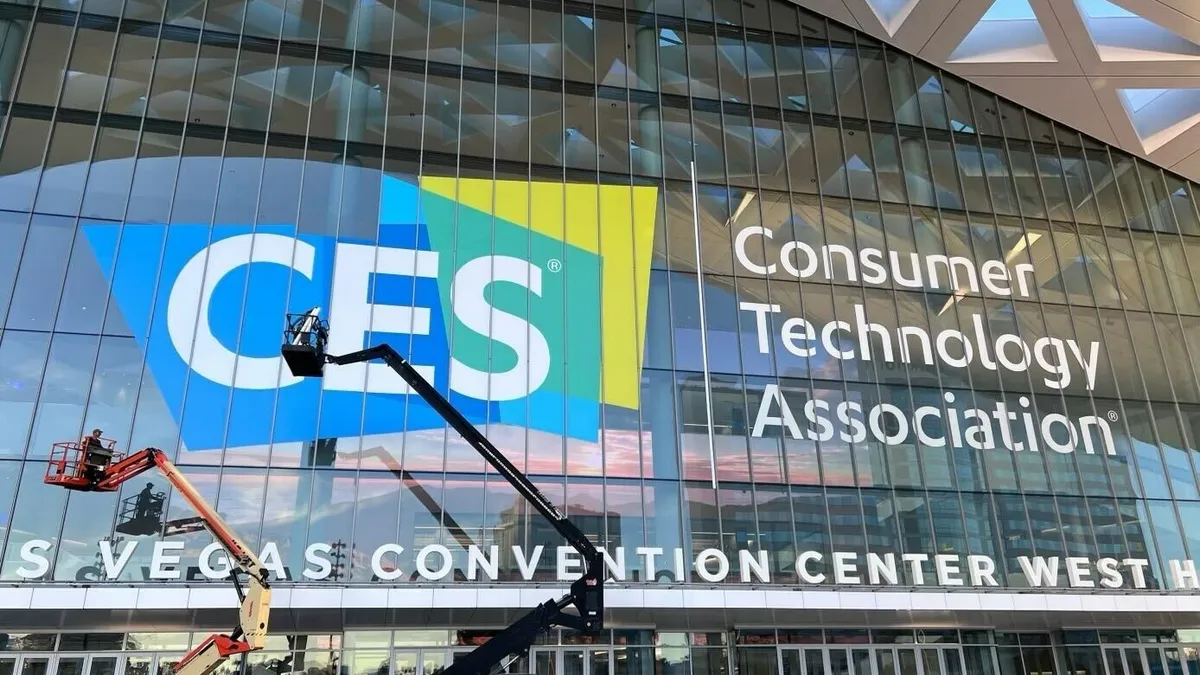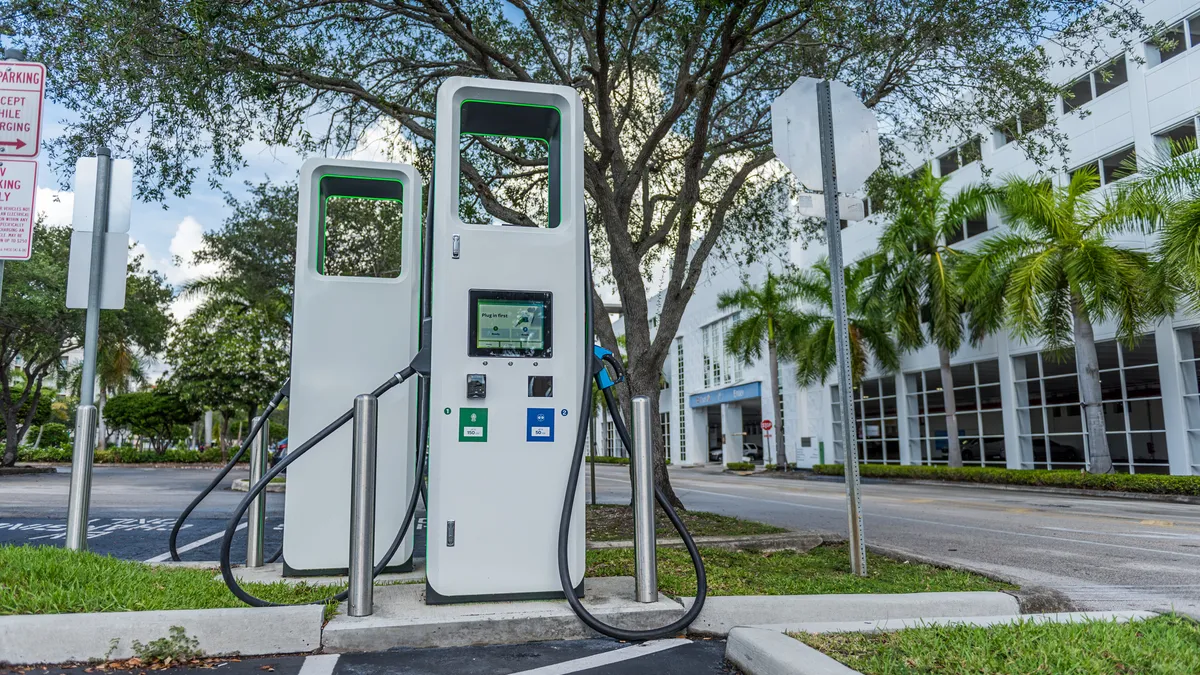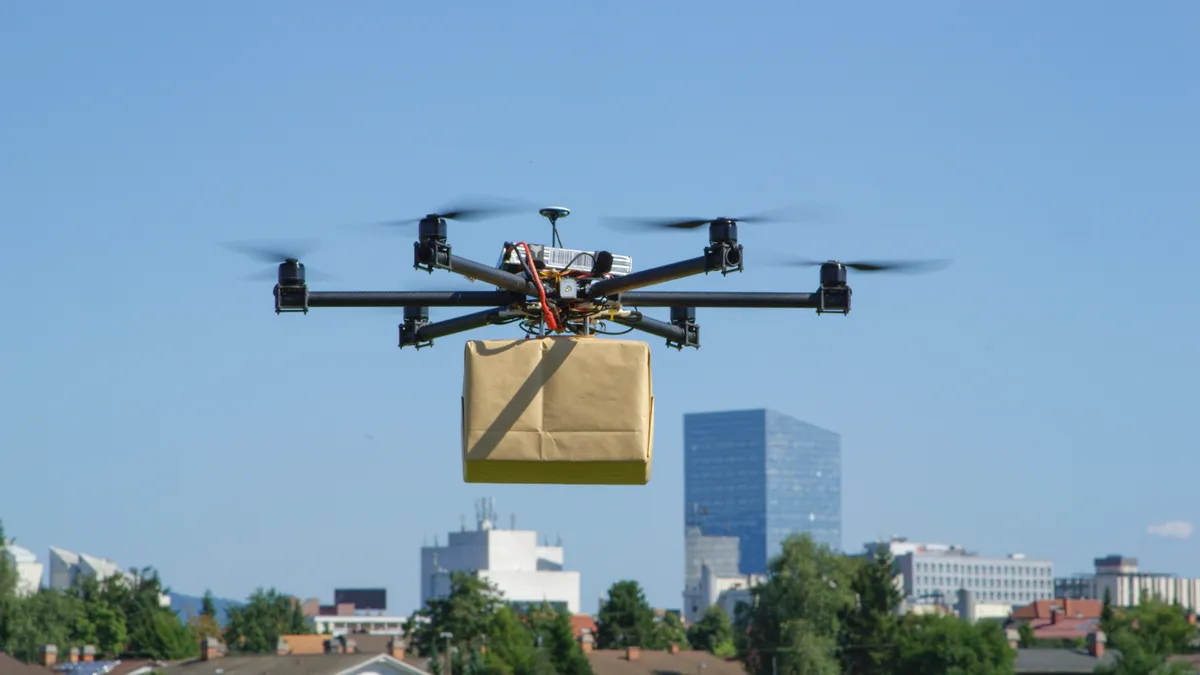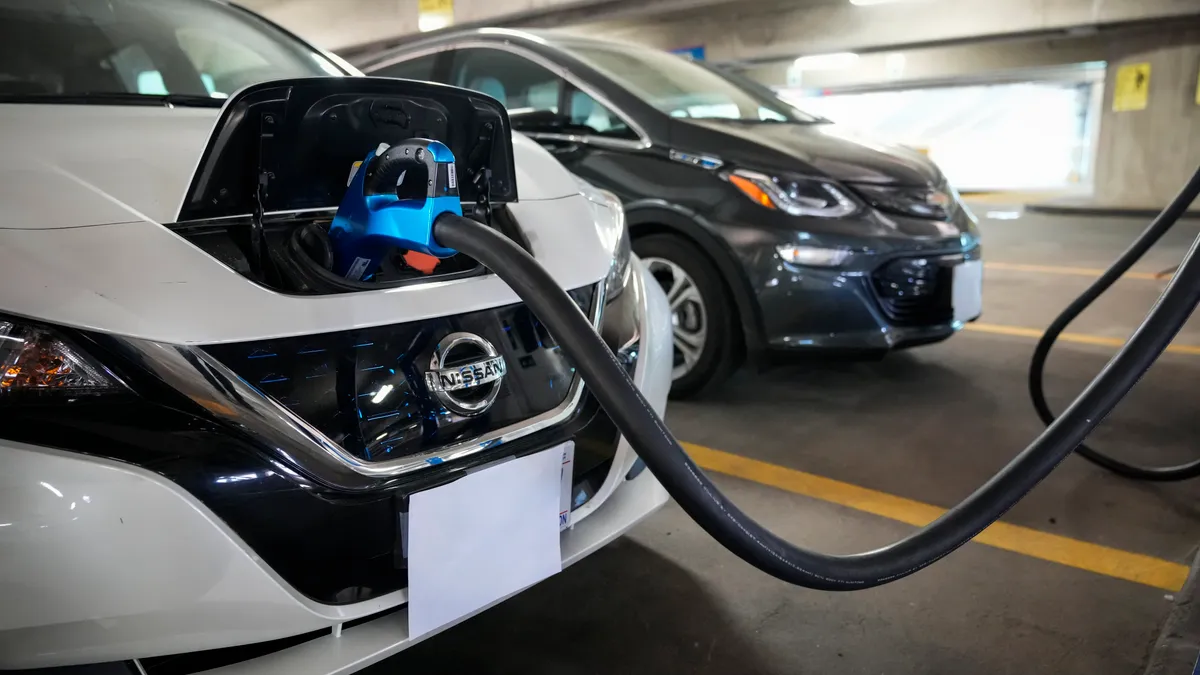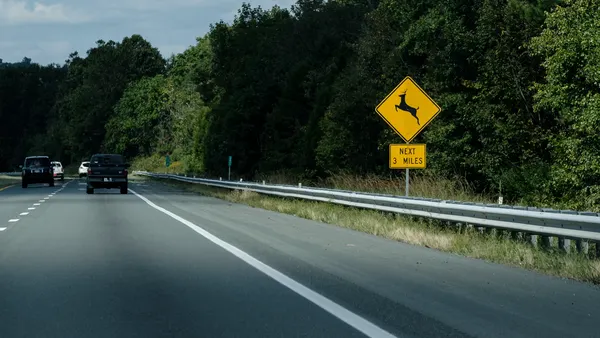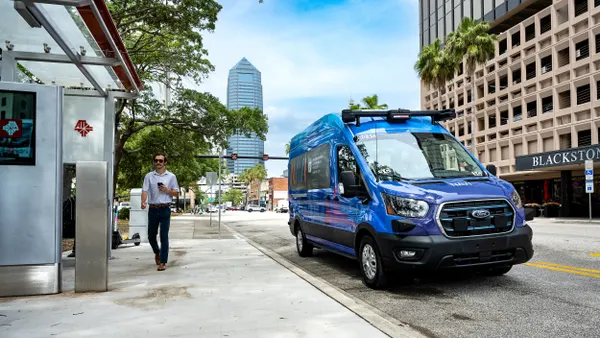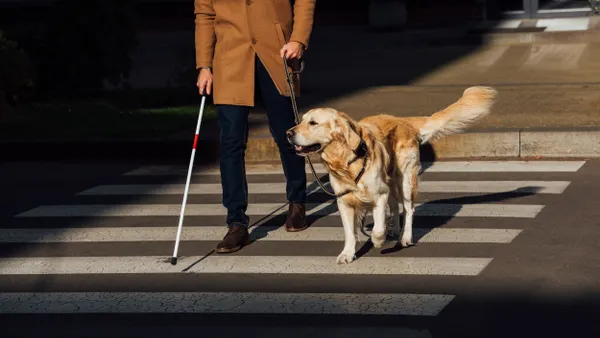Dive Brief:
- It might take a while for air taxis to take off as manufacturers ramp up production and public officials figure out how to regulate and plan for them, panelists said during a Friday discussion at the CES trade show in Las Vegas.
- Until recently, air taxi companies and government officials had focused most of their attention on approving electric vertical takeoff and landing (eVTOL) aircraft and guidelines for related infrastructure like vertiports. Now they are shifting their attention to other implementation challenges, including route planning, manufacturing and distribution, and workforce development.
- “[Original equipment manufacturers] are going to be supply constrained for a long time,” said Archer Aviation Chief Operating Officer Tom Muniz. “We’ll have to be thoughtful about what the best markets are to introduce these new products.”
Dive Insight:
Advanced air mobility has the potential to transform the transportation sector because eVTOLs may allow the movement of people or goods that are currently underserved, the panelists said. They discussed how, unlike electric vehicles, which largely replace existing gas- and diesel-powered cars and trucks, eVTOLs could enable people to commute greater distances to work, improve access to emergency medical services in rural areas, directly connect urban downtowns to major airports and more.
However, Muniz said that aircraft manufacturers might need to produce “tens of thousands” of eVTOLs but currently lack the capability, as commercial jet manufacturers “make hundreds of aircraft per year.”
“There's not much precedent for that in aerospace manufacturing outside of World War Two,” he said.
Bob Brock, Kansas’ director of aviation and advanced air mobility, noted that the emerging advanced air mobility market poses unique challenges for aircraft companies. He said that many regions lack the supply chains, distribution networks and other resources to build and deliver eVTOLs. Brock recommended that air taxi manufacturers establish their operations in locations that can help them achieve the “economies of scale” needed to succeed.
Auto manufacturer Stellantis announced last week that it would help Archer Aviation produce its flagship Midnight electric air taxi. At the J.P. Morgan Tech/Auto Forum during CES, Archer Aviation CEO Adam Goldstein explained that the two companies began working together in 2020 on a variety of engineering projects, including “ways to optimize the vehicle around high-volume manufacturing.” Goldstein likened the relationship to that of Apple and Foxconn, where Archer designs the product and Stellantis manufactures it at scale.
During the ITS World Congress meeting last September in Los Angeles, local government officials, transportation researchers and urban planning consultants said that it’s time for cities to start planning for air taxis. They said that, without that careful organization, eVTOLs could wreak havoc on urban transportation systems because they are more complex than other transportation types and require greater communication and coordination.
Smart Cities Dive Reporter Dan Zukowski contributed to this article.



